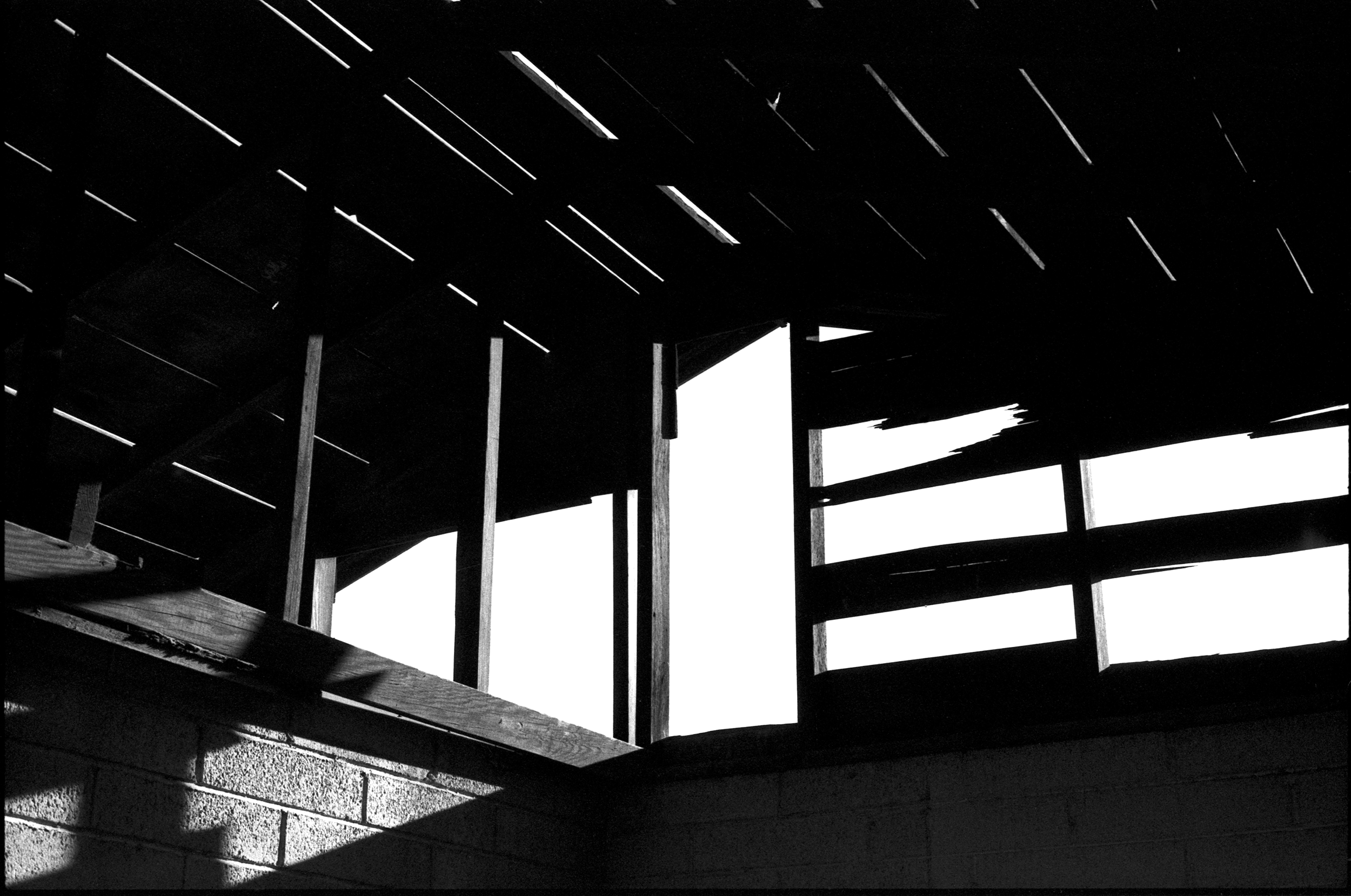Artist’s Statement
© Image copyright by Ken McElrath. All rights reserved.
Positive life transformation has much to do with gaining fresh insight. To see with new eyes requires cultivating an empathy for the people and places around us and then using creativity both to understand what is truly there and to imagine things differently. The process of making art provides me with a welcome opportunity to gain new perspectives.
When I make photographs, I seek to translate what I feel and what I imagine as I empathize and resonate with form. Drawing from a diverse set of artistic influences and life experiences, I create works that are grounded in an acute observation of the interplay of formal elements such as line, plane, tone, color and texture. My work involves a process of discovery. As I search for formal expression and resolution, I continue to gain new insights into the steps necessary to reconcile myself to being in a particular physical and spiritual place at a particular time.
My serious photographic work began at Grand Canyon College in Phoenix, Arizona (now Grand Canyon University). While I majored in graphic design, I credit my professors for pointing out my photographic talent and encouraging me to pursue it further. While there, most of my work tended to have a more narrative quality, several pieces, like the one featured in this post, hinted at the abstraction that was to come.
Upon graduation, I immediately launched into a graphic design career, which led to management, which led to forming my own companies, with little time left for fine art. After 20 years in the business world, I decided to pursue an MFA in fine art photography. My newer work, greatly influenced by my time at Academy of Art University in San Francisco, is much more focused on formal concerns. In some cases, you may notice a striking similarity to the work of abstract expressionists like Mark Rothko, Georgia O’Keefe, Barnett Newman, and others, though it was not my goal to imitate them.
Although the work is abstract, it is also a reflection of physical reality. The photographic medium is unique in that it records what is there: a visible fact. Yet my work pushes the boundaries by focusing on details that may not be perceived by the casual observer, and by choosing surprising points of view. I do this because it stimulates questioning and discussion, perhaps jarring those parts within each of us that must be shaken for a shift in perspective to become a possibility.
Unlike painting, which begins with a blank canvas, making a photograph requires me to bring a sense of resolution to what is actually there. A leaf is a leaf. A thorn is a thorn. With photography, I cannot transform one into the other with a few brush strokes. Instead, I must accept what is there and instead “see” it differently. Therefore, my photography is a reflection of my own world view. It is entirely subjective. Every day requires me to observe with new eyes, to hear with new ears — to both see and hear the intimate whispers and fleeting shadows that are briefly revealed to me.
A particular body of work may take on a particular narrative for different individuals or groups. Often this narrative emerges from the work itself, rather than my artistic intent. The work, once made public, begins to take on a life of its own, speaking for itself, so to speak. This is just fine with me. Every work needs to have the artist’s benediction spoken over it — the creator’s “let it be” — before it can be released to become a blessing to others. After the amen is spoken, what others do with my work is not within my control.
My life journey has taken many twists and turns, presenting me with both pain and joy, chaos and serenity; typically at the same time. No matter how good the circumstances of my life have been, there has always been an opposing force at work. Likewise, no matter how painful my circumstances, there has always been something in my life that presents the possibility of hope. I have found that I must make an intentional, conscious choice to bring a sense of resolution to these tensions, but this choice is always informed by my participation with people, engagement with nature, and an active receptiveness to the love of God. Love has been my only reliable ground of being. Only love can reconcile and redeem the paradoxes of my crazy life.
My process of reconciling the apparent paradoxes of life has been synonymous with my creative journey, and my creative journey is intimately intertwined with my faith. Both creativity and faith share a common thread. Both require a disciplined awareness of finding the unseen and bringing it into the light of conscious reality. It is my sincere hope that my work will engage you in a similar way, and perhaps quench a thirst for perspective.


